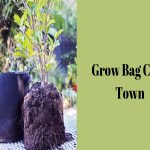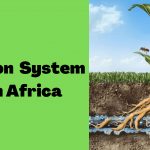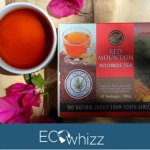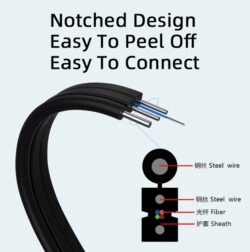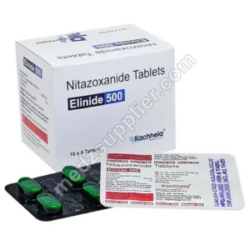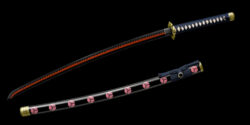WHAT ARE THE THREE MAIN TYPES OF?
The key to healthy plant and crop growth is in fact a good fertilizer. There are many various types of fertilizers on the market today, including a range of inorganic synthetic fertilizers as well as eco-friendly and 100% organic fertilizer options.
Although the impact of a good organic fertilizer is often underrated, without a high quality organic fertilizer to replace the nutrients in the soil that is lost, either via the harvesting of crops or through the natural elements, the overall health and yield would be significantly reduced.
There are 3 main types of organic fertilizers. These being Dry Organic Fertilizers, Liquid Organic Fertilizers and Growth Enhancers.
Dry organic fertilizers often consist of one single element or material, for example rock phosphate or kelp. They can however also contain a blend of many natural ingredients making sure that it provides the perfect balanced amounts of important nutrients such as nitrogen, potassium, phosphorus, calcium and other micronutrients.
Dry organic fertilizers are applied in a few different ways. The most common of which is done via scattering it overtop of the soil and then using a hoe or rake to blend it into the top 10 to 15 cm of soil. It can also be applied in small amounts to planting rows as seedlings are being planted or transplanted. With dry organic fertilizers you eliminate the risk of harming or burning delicate seedlings or roots which often occurs when using chemical or synthetic fertilizers.
Liquid organic fertilizers, commonly known as foliar feeds are easily absorbed through the roots or the leaf pores of a plant. This type of organic fertilizer is rich in micronutrients as well as growth hormones which increases the overall nutrient uptake of the plant. Plantosverde is an excellent example of a good foliar feed that is 100% natural and organic.
Liquid organic fertilizers (foliar feeds) are applied using a spray bottle or a similar hand-held sprayer or mister. It is applied by spraying a fine mist onto the leaves of the plant, including the underside of the leaves, as this is where the leaf pores are more commonly exposed.
You can also concentrate the foliar feed at the root area of the plant. A good idea is to spray a foliar feed directly onto the exposed roots of a plant when transplanting. The implementation of an irrigation system will ensure that the nutrients from the foliar feed are also transported directly to the roots of your plants.
The best times to spray liquid organic fertilizers are in the early morning or early evening as this is when it will absorb the fastest. It is also important to only make use of this type of fertilizer on days where there is no rain or extreme temperatures expected.
Another type of organic fertilizer, otherwise known as growth enhancers, are the materials that help the plant to better absorb nutrients from the soil. They can come in both dry (meal), powdered or an extract of the meal in liquid form. This type of fertilizer contains growth-promoting hormones and nutrients. The most common example of a growth enhancer is kelp, which has for a long time been used by farmers to boost the production and integrity of crop yields.
Growth enhancers can be applied either in a liquid format in the same manner as when applying foliar feeds, or like a dry organic fertilizer directly to the soil.
There are many ways to enhance the effects that organic fertilizers have on your plants. It is critical to have a good consistent application or spray programme of your choice of organic fertilizer in order to achieve the best results. Another good way is by installing an irrigation system to ensure that there is optimal nutrient absorption.










